Encountering the error code 0xc00000f0 when upgrading from Windows 10 to Windows 11 can be frustrating, especially when the installation stalls at 79% or 99% for hours. This problem affects users running Windows 10 versions 21H2 and 22H2. Below are several methods to fix this error and upgrade your PC successfully.
1. Fresh install Windows 11
If the usual troubleshooting steps haven't worked, performing a fresh installation of Windows 11 might resolve the error. Creating a bootable media using the Media Creation Tool allows you to install Windows 11 from scratch.
Step 1: Go to the Windows 11 Download page. Under the 'Create Windows 11 Installation Media' section, click on the 'Download Now' button to download the Media Creation Tool.
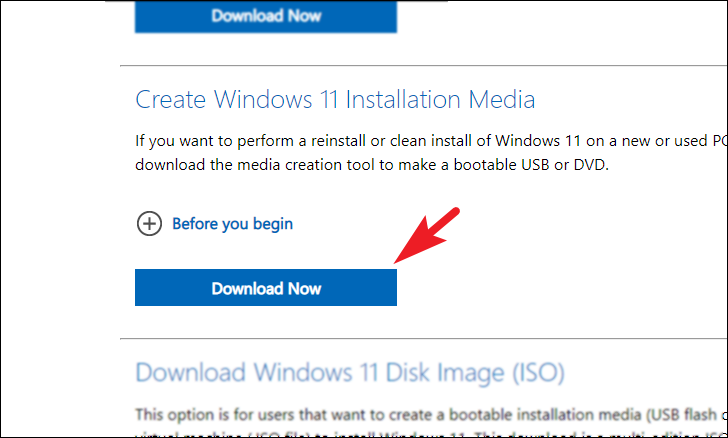
Step 2: Once downloaded, navigate to your default downloads directory and double-click on the 'MediaCreationTool.exe' file to launch it.

Step 3: A User Account Control (UAC) prompt will appear. If you're not logged in as an administrator, enter the admin credentials. Otherwise, click 'Yes' to proceed.

Step 4: In the Windows 11 Setup window, click 'Accept' to agree to the terms.
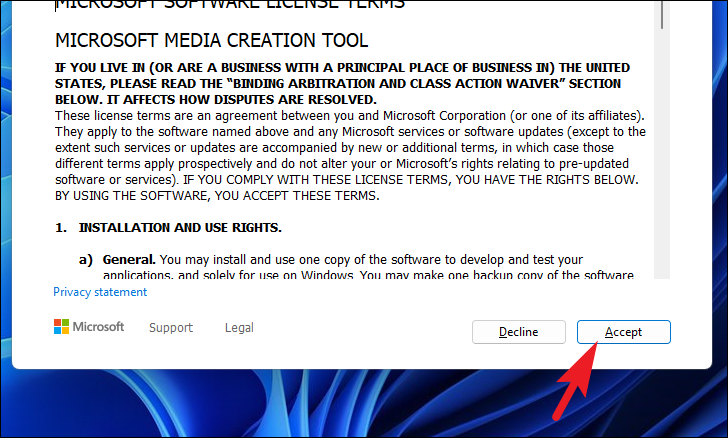
Step 5: The tool will automatically detect the appropriate language and edition for your PC. Ensure the 'Use the recommended options for this PC' checkbox is selected, then click 'Next'.

Step 6: Choose 'USB flash drive' if you have a USB drive to create a bootable media. If you prefer to create a DVD later, select 'ISO file'. Click 'Next' to continue.
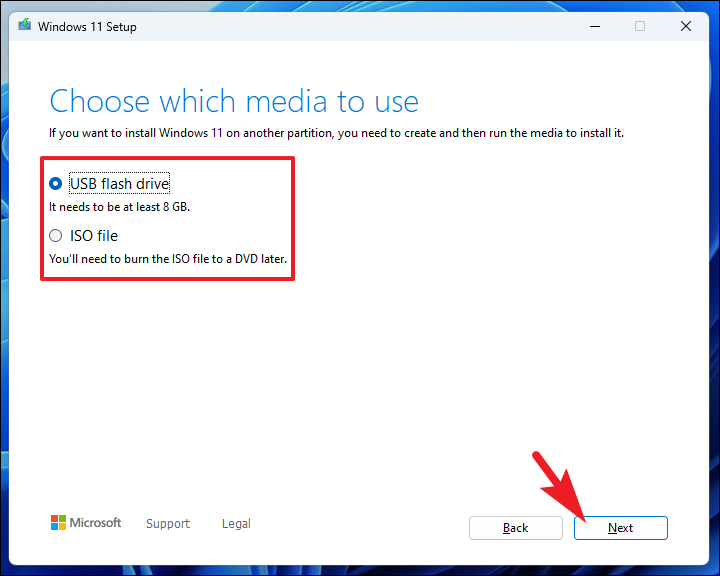
Step 7: If multiple USB drives are connected, select the one you wish to use from the list, then click 'Next'.
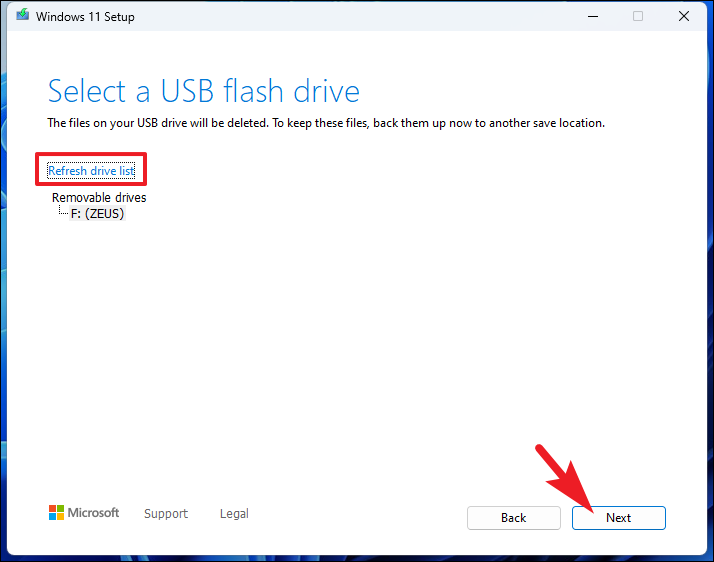
Step 8: For the ISO option, choose the destination folder where you want to save the ISO file, then click 'Save'.
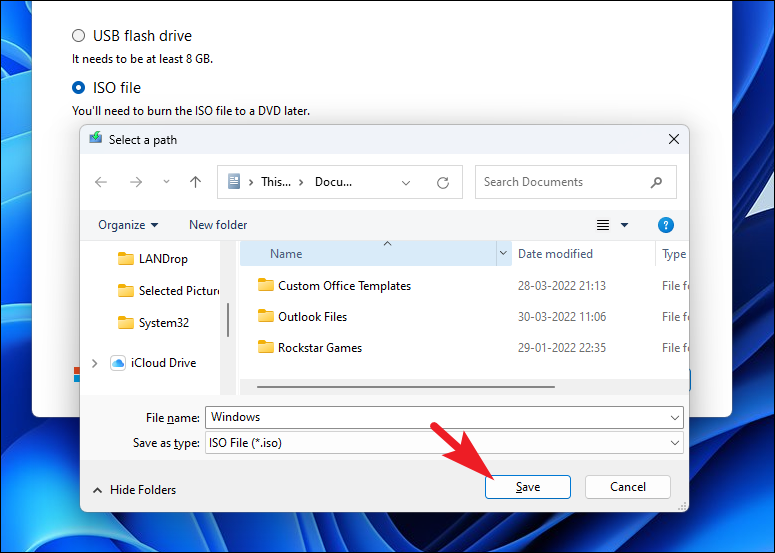
Step 9: The Media Creation Tool will download Windows 11 to your selected media. If you chose the ISO file, remember to burn it to a DVD later.
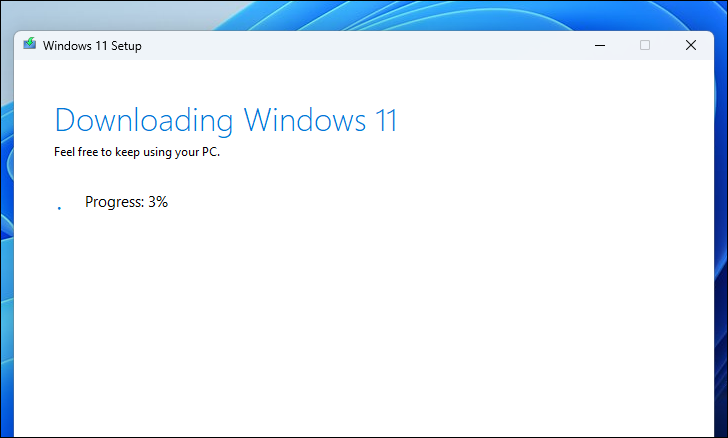
Step 10: Once the download or creation of the bootable media is complete, proceed to install Windows 11 by booting from the USB drive or DVD and following the on-screen instructions.
2. Reset your PC
If the error persists, resetting your PC may help by reinstalling Windows without affecting your personal files. This can fix missing or damaged system files related to the upgrade.
Step 1: Open the Settings app from the Start Menu.

Step 2: In the Settings window, ensure you're on the 'System' tab on the left sidebar.
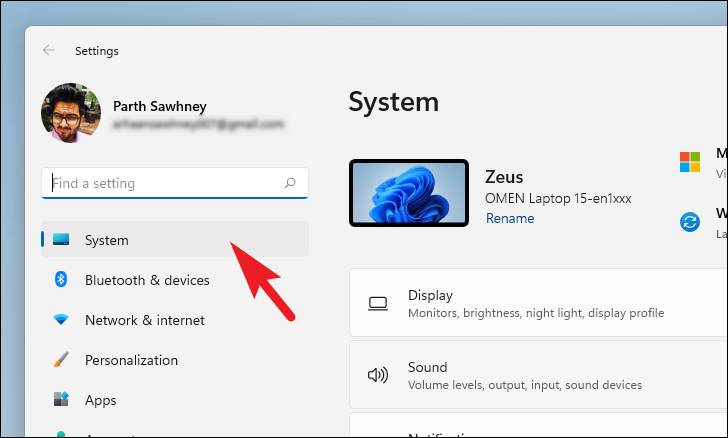
Step 3: Scroll down on the right side and click on the 'Recovery' tile.
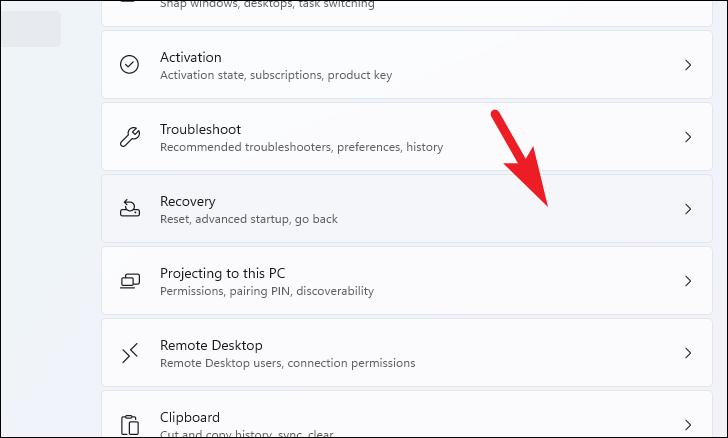
Step 4: Under the 'Recovery options' section, find the 'Reset this PC' option and click on the 'Reset PC' button.

Step 5: In the 'Reset this PC' window, select 'Keep my files' to reinstall Windows while retaining your personal files and folders.

Step 6: Choose 'Cloud download' to obtain a fresh copy of Windows from the internet. Note that this requires an active internet connection and will download around 4 GB of data.

Step 7: Windows will display the current reset settings. If you need to change any options, click on 'Change settings'.

Step 8: In the settings, you can choose whether to restore preinstalled apps and switch between 'Cloud download' and 'Local reinstall'. After making any changes, click 'Confirm'.

Step 9: Click 'Next' to proceed.
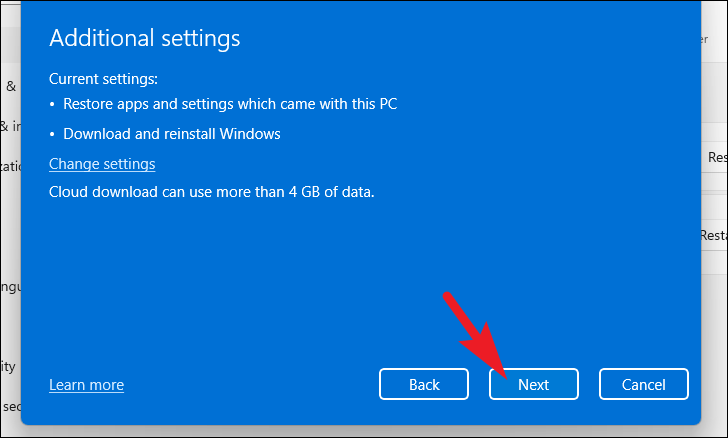
Step 10: Review the information on what will happen during the reset. When ready, click 'Reset' to begin the process. Your computer will restart several times during the reset.
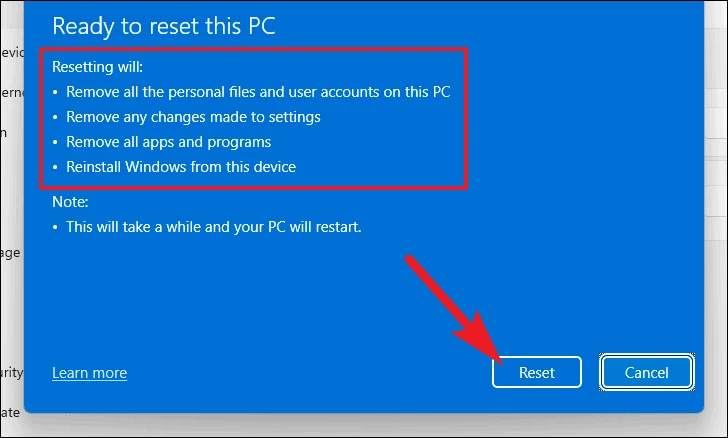
3. Run SFC and DISM
Corrupted system files can cause upgrade errors. Running the System File Checker (SFC) and Deployment Image Servicing and Management (DISM) tools can repair these files.
Step 1: Open the Start Menu and type Terminal. Right-click on the 'Terminal' app and select 'Run as administrator'.

Step 2: If prompted by UAC, click 'Yes' to grant administrative privileges.

Step 3: In the Terminal window, click on the downward arrow icon (chevron) and select 'Command Prompt'.

Step 4: Type or paste the following command and press Enter to restore the system image:
DISM /Online /Cleanup-Image /RestoreHealth
Step 5: After the DISM command completes, run the following command to check and repair system files:
SFC /scannow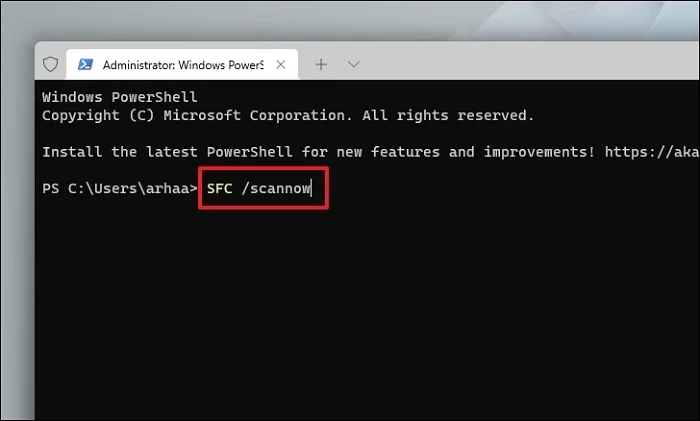
Step 6: Once the scans are complete, close the Command Prompt and restart your PC. Try upgrading to Windows 11 again to see if the issue is resolved.
4. Run Update Troubleshooter
Running the Windows Update Troubleshooter can identify and fix issues related to Windows Update.
Step 1: Open the Settings app from the Start Menu.

Step 2: Ensure you're on the 'System' tab in the Settings window.
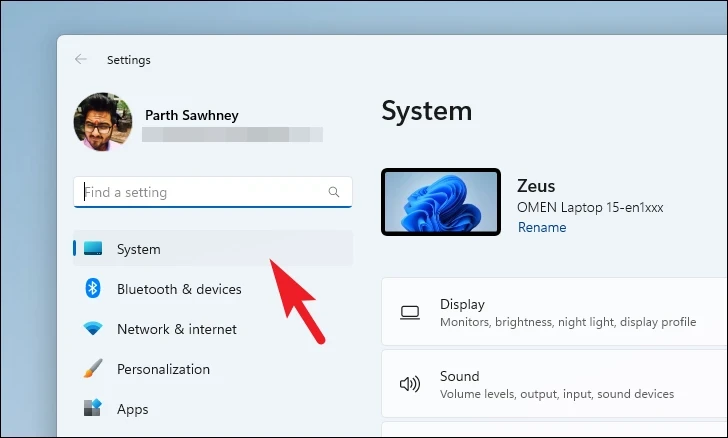
Step 3: Click on 'Troubleshoot' on the right side.

Step 4: Click on 'Other troubleshooters'.
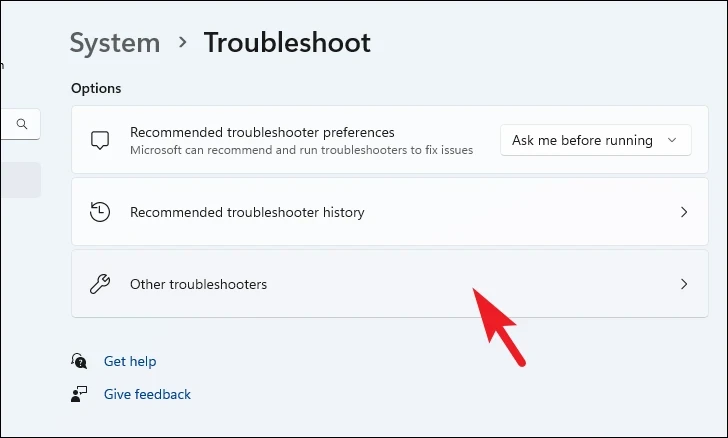
Step 5: Find 'Windows Update' in the list and click on the 'Run' button next to it.

Step 6: The troubleshooter will scan for issues and attempt to fix them. Once completed, you can view more details by clicking 'View detailed information'. Try updating your system again to see if the error has been resolved.
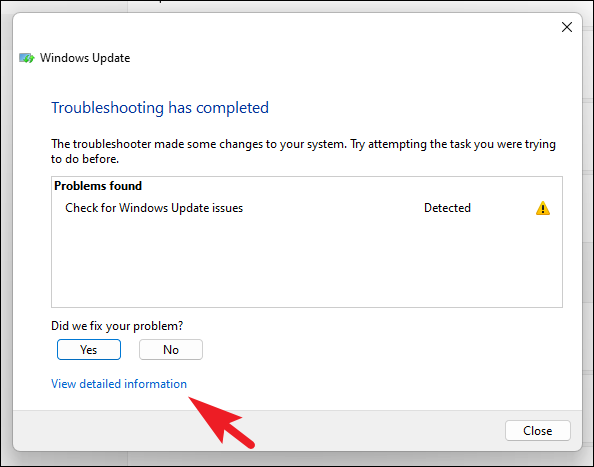
By following these methods, you should be able to resolve the error code 0xc00000f0 and successfully upgrade to Windows 11.











Member discussion